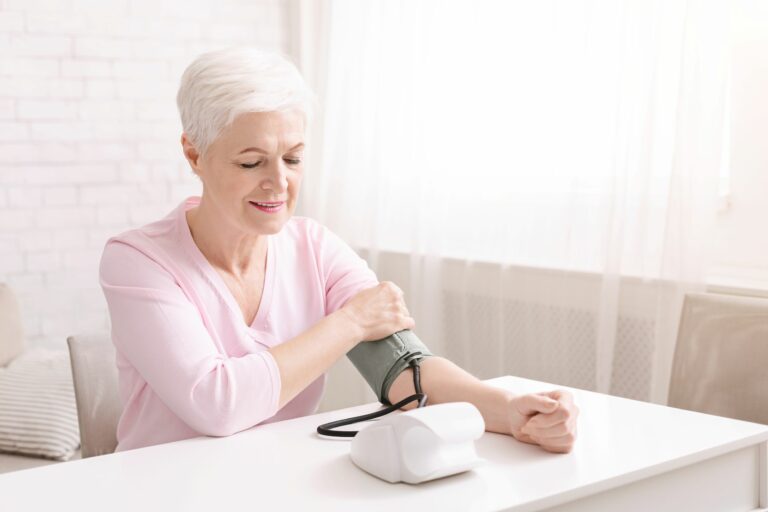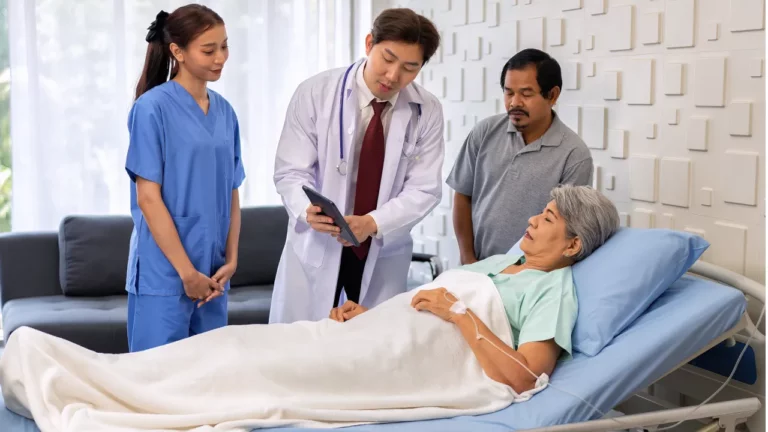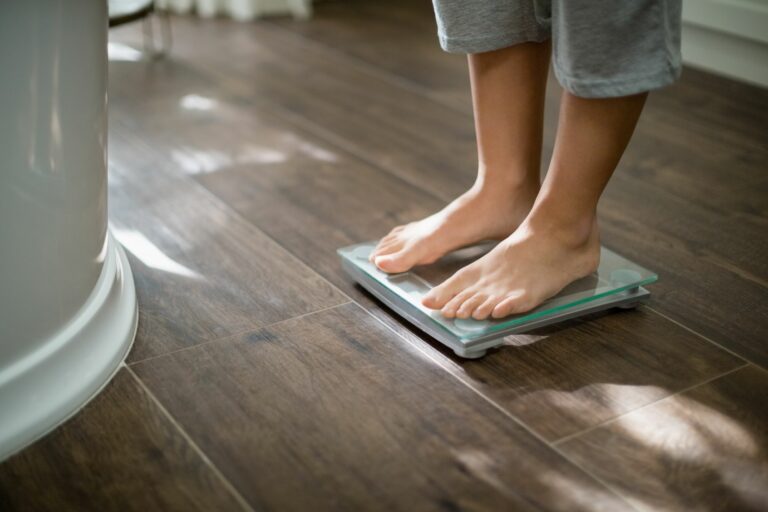Anorexia nervosa (AN) is a significant psychiatric condition that has a variety of poor physical and mental health consequences. Anorexia nervosa is characterized by a low body weight, a strong fear of gaining weight, and a negative body image. Although AN affects both genders, it is more commonly found in women and occurs throughout life. It is the third most common chronic disorder affecting adolescent girls. Children and adolescents are particularly vulnerable to the physical consequences of AN, which include stunted growth, poor bone health, cardiac complications, infertility, and changes in brain structure. The average duration of AN is 5 to 7 years, but long-term follow-up evidence suggests that only 30% of people recover after a 10-year illness. When compared to their counterparts of the same age, people with AN have a 12 times higher chance of death and a 57 times higher risk of suicide. The severity of the condition necessitates treatment, and the need for early management in preventing long-term psychological and physical problems of AN cannot be overstated.[1]
The use of remote patient monitoring devices enables real-time monitoring of weight and also allows patients to receive real-time feedback, coaching, and encouragement. Secure messaging protocols adapt to the patient’s data automatically, giving relevant, just-in-time nudges to keep them on track with their medical plan of care and enhance their health and quality of life considerably.
Remote Patient Monitoring Encourages High Patient Engagement
Many people who suffer from anorexia nervosa find it difficult to admit that they have a problem and are hesitant to change. This contributes to their apprehension about seeking treatment and resources. The patient’s active participation in the treatment plan is a prerequisite for any successful psychological treatment. Healthcare providers treating anorexia nervosa should take the time to develop an empathic, supportive, and collaborative relationship with patients and, if necessary, their caregivers. This should be considered a critical component of the care provided. Over the course of treatment, motivation to change may fluctuate, and the therapist must be aware of this. The more patients are involved in their care, the more they are responsible for the outcomes. When patients realize that their health data is being sent directly to their clinician and that they will receive personalized communication based on their specific data, they become more involved and feel supported. Remote patient monitoring can assist patients in taking a more active role in their healthcare journey by allowing them to evaluate their present health condition through surveys or forms, as well as receive reminders and gentle nudges.
Remote Patient Monitoring Promotes Weight Awareness
The goals of psychological treatment are to promote weight gain and healthy eating, as well as to alleviate other eating disorder symptoms and aid psychological recovery. Maintenance of weight gain, together with ongoing healthy eating, the reduction of other eating disorder-related symptoms, and the development of psychological recovery, are all important goals for patients who have recently had their weight restored in hospital. Psychological treatment for patients with chronic anorexia nervosa may have more modest aims, focusing on increasing quality of life and maintaining a stable or safe weight rather than aiming for an ideal weight. Patient-driven behaviors, which include medication adherence, weight management, and physical activity, can be recorded and obtained easily with the use of remote patient monitoring. A healthcare provider can recognize when patients depart from the intended course in real time with more constant monitoring of biometric data, hence motivating the patient to more active participation in the treatment process.
If you want to know more DrKumo smart scale for weight management, click here.
Remote Patient Monitoring Provides Optimal Out-patient Monitoring
The treatment strategy for a patient with anorexia nervosa must take into account the appropriate service environment, as well as psychological and physical management. The optimal setting is determined by the risk assessment and the patient’s wishes, but in general, a person with anorexia nervosa will be treated in a secondary care outpatient setting and eventually transferred to an inpatient setting if necessary. Nutritional interventions and psychopharmacological substances are used as physical therapy. A family-based psychological intervention is necessary to help with psychological issues. The use of remote patient monitoring enables individuals with weight monitoring and other data acquired in the patient’s usual environment to be transferred to healthcare practitioners. RPM assists doctors in comprehending a patient’s long-term health performance data and eliminates the impact of office visit-related stress on the patient’s physiologic parameters and the risk of over-treatment that goes along with it.
Takeaway
Anorexia nervosa has the greatest mortality rate of any psychiatric disorder, as well as a variety of severe negative impacts on physical well-being. Nutritional management of anorexia nervosa patients necessitates attention to a variety of factors. Weight, height, and BMI should be assessed and determined as a measure of starvation severity. Remote patient monitoring can assist patients to detect out-of-range numbers that could be harmful, as well as identify trends that need to be changed. It can also help with changing the care regimen and giving advice on what to do every day.
References:
- Morris, J. and Twaddle, S., Anorexia nervosa. BMJ. 2007 Apr 28; 334(7599): 894–898.








